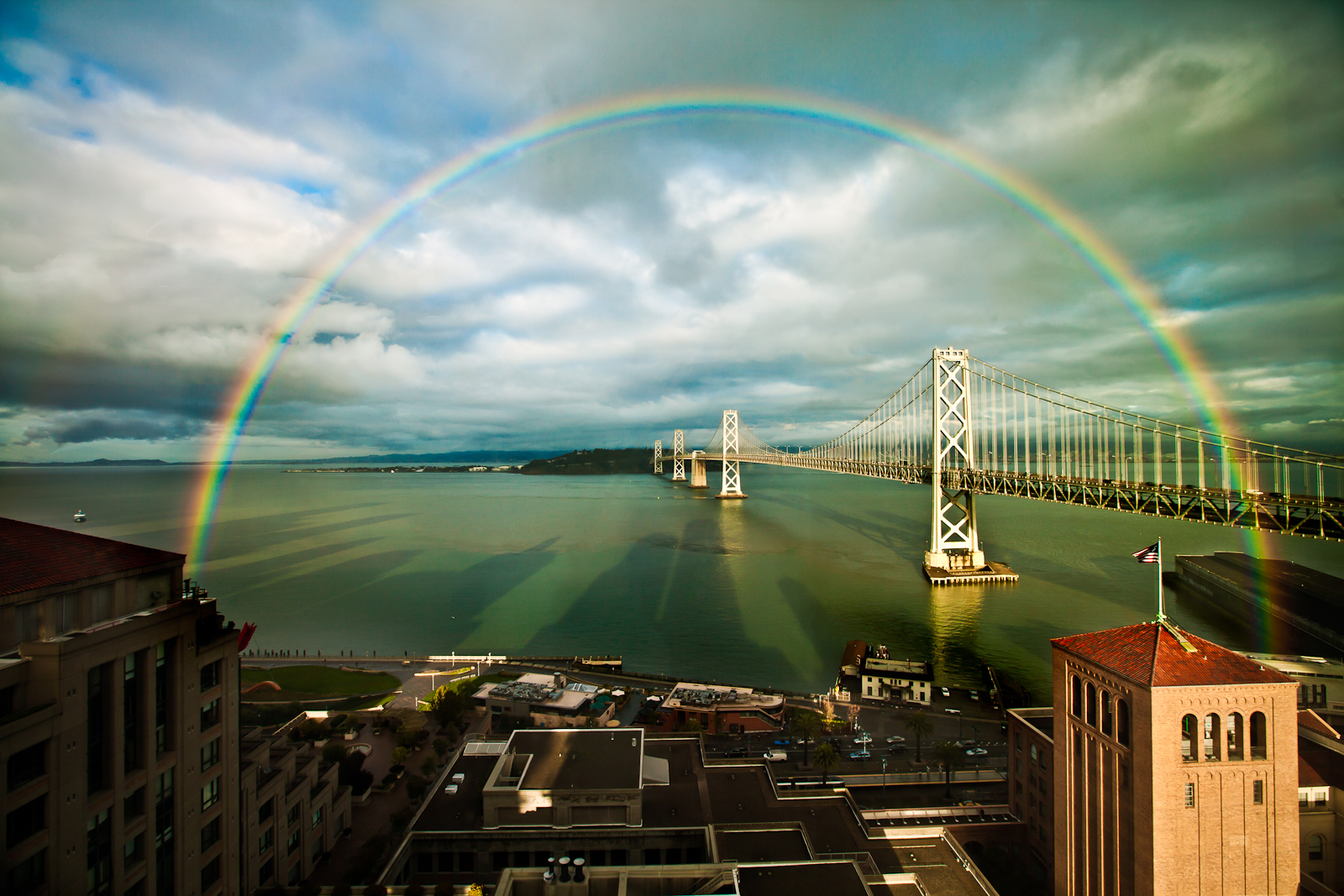
Resilience in San Francisco
Resilience describes the capacity of individuals, communities, institutions, businesses, and systems within a city to survive, adapt, and grow, no matter what kind of chronic stresses and acute shocks they may experience.
Making San Francisco as resilient as possible to immediate and long-term threats of climate change and natural hazards requires bold actions to eliminate greenhouse gas emissions, adapt our built and natural assets, and build a more sustainable and equitable city.
As a waterfront city between two major fault lines and home to a population rapidly approaching one million, planning for a resilient future is of paramount concern for San Francisco. The City works collaboratively to ensure safe and healthy facilities for the delivery of programs and services. Above and beyond asset preservation, many resilience initiatives promote long-term sustainability and community building in the face of social and environmental challenges. Resilience is something we must constantly strive toward, a process of preparing and building to protect our people and infrastructure.
The 2018 Global Climate Summit
In 2018, San Francisco hosted the world’s climate change leaders, problem-solvers, and advocates for the Global Climate Summit convened by Governor Jerry Brown. In tandem with that event, San Francisco made ambitious new climate commitments to:
• Reduce emissions to net zero by 2050.
• Reduce waste generation by 15% and landfill disposal by 50% by 2030.
• Build net-zero carbon buildings by 2050.
• Issue more green bonds to finance capital projects.
• Switch all electricity in to renewables by 2030.

